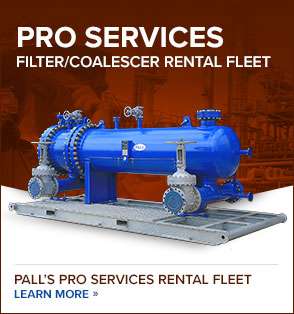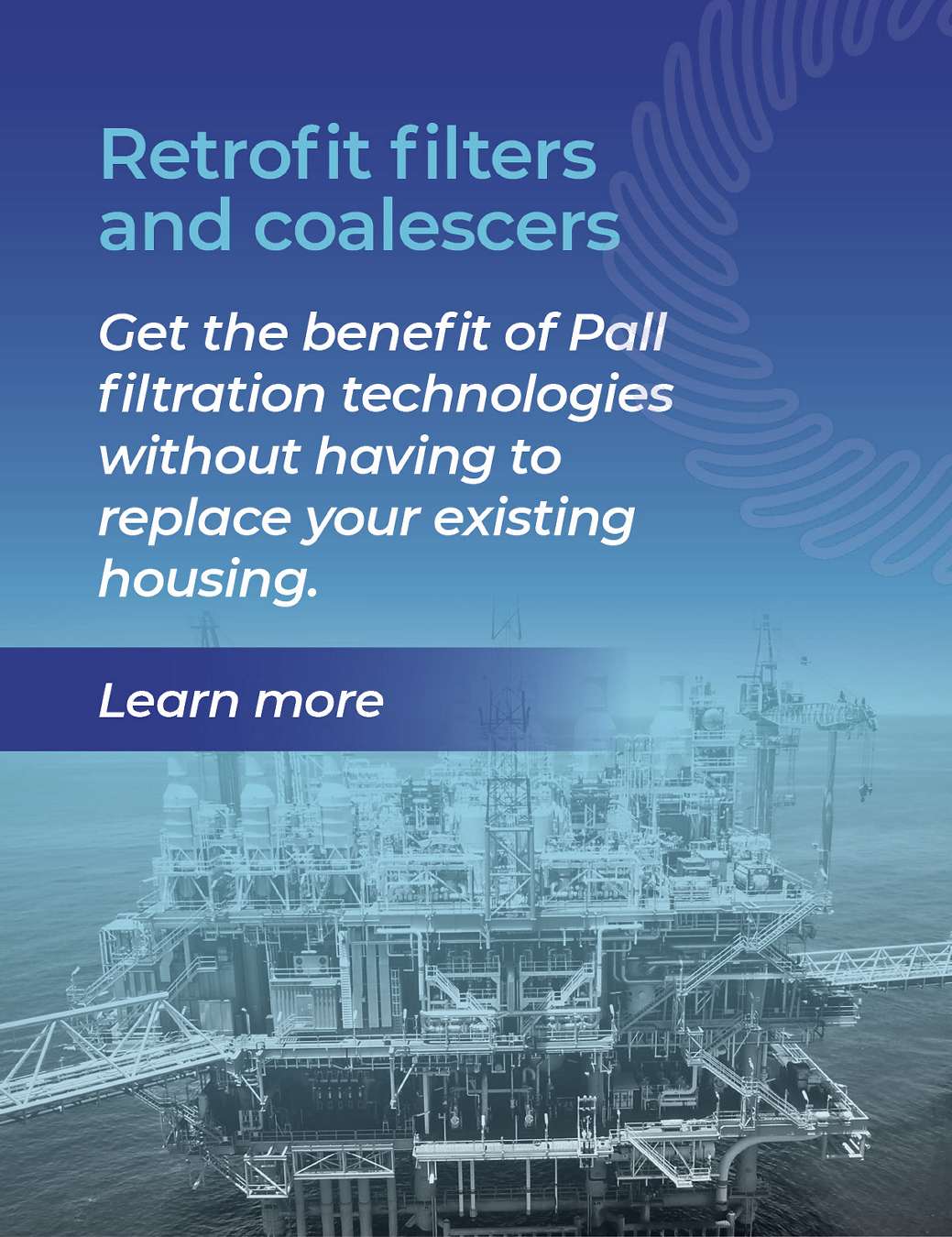Requisitos de refinarias para tratamento cáustico
O tratamento cáustico é utilizado para atualizar uma ampla gama de frações de líquidos do gás liquefeito de petróleo para combustíveis diesel e óleos de aquecimento. Uma vez que a solução cáustica (e frequentemente um catalisador) se mistura com o hidrocarboneto alimentado, ela extrai ou adoça mercaptanos, dependendo do processo utilizado.
Arraste cáustico
Entretanto, a combinação de hidrocarbonetos e soda cáustica rica em mercaptans também forma uma emulsão muito estável e difícil de separar, resultando em quantidades significativas de arraste cáustico no produto. Isso resulta em produtos fora das especificações devido à turbidez ou concentração elevada de sódio e perda de soda cáustica. Em muitos casos, a soda cáustica retida é alimentada aos processos nos quais sódio é um veneno para o catalisador.
Uma vez que a emulsão é tão estável, os vasos knock-out, filtros de areia e vasos de carga não são capazes de separar de modo eficiente a emulsão cáustica dos fluxos de hidrocarboneto.
Necessidades de refinarias para tratamento cáustico
- Atinjir cotas de produção de petróleo por meio de um tratamento confiável dos mercaptanos e sulfeto de hidrogênio
- Atender às especificações de qualidade do produto para níveis de turbidez e sódio
- Protejer e aumentar a vida útil das unidades do processo do catalisador a jusante
Desafio de produção da refinaria / Solução para tratamento cáustico da Pall
| Desafio | Solução |
|---|---|
Atenda às especificações de produto | Melhora a produtividade da refinaria e as especificações do produto ao remover o arraste cáustico através da remoção eficiente de sólidos e líquidos a jusante do extrator.
|
Proteja as unidades do processo do catalisador a jusante | Melhore a proteção das unidades do processamento downstream removendo o arraste cáustico por meio da remoção eficiente de sólidos e líquidos downstream do extrator. É aqui que melhores opções de filtração cáustica são essenciais.
|
Diagrama de fluxo do processo do tratamento cáustico
Principal aplicação em tratamento cáustico/Recomendações de filtro (outras aplicações não exibidas)
| Número do diagrama | Aplicação | Produto da Pall | Benefícios ao cliente |
|---|---|---|---|
| 1 | Pré-filtragem antes do coalescedor líquido/líquido | Nylon ou sulfeto de polifenileno (PPS) Filtro Profile® | Custos operacionais baixos ao melhorar a vida útil do coalescedor líquido/líquido |
| 2 | Tratamento cáustico usado | PhaseSep® EL em configuração horizontal | Produção e qualidade garantidas atendendo às especificações de filtração cáustica para níveis de turbidez e sódio
Evita tempo de inatividade a jusante pela contaminação cáustica dos processos do catalisador |
Para saber mais sobre como melhorar a eficiência de seus processos, contate nossa equipe de especialistas em filtração.
Nossos produtos
Liderando o setor com soluções e produtos adaptados às necessidades dos clientes.
Vamos encontrar a solução certa juntos.
Vamos nos conectar. Queremos compartilhar nossas soluções de filtração inovadoras com você hoje mesmo. Entre em contato com nossos especialistas no assunto para informações sobre como podemos ajudar. Obrigado e esperamos apoiar você em breve.


